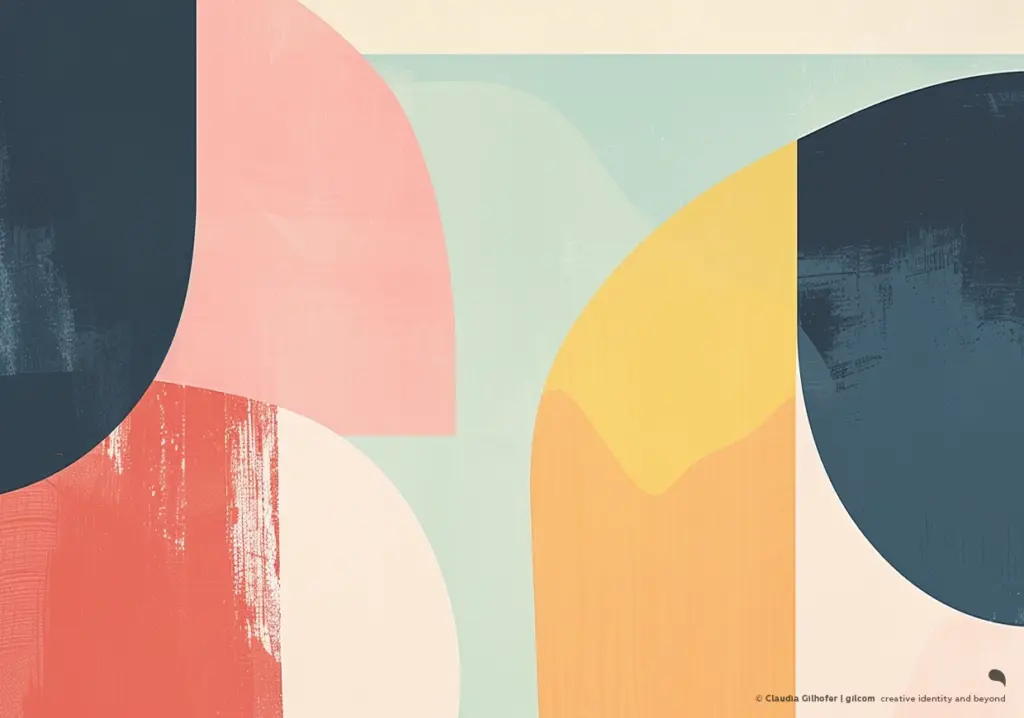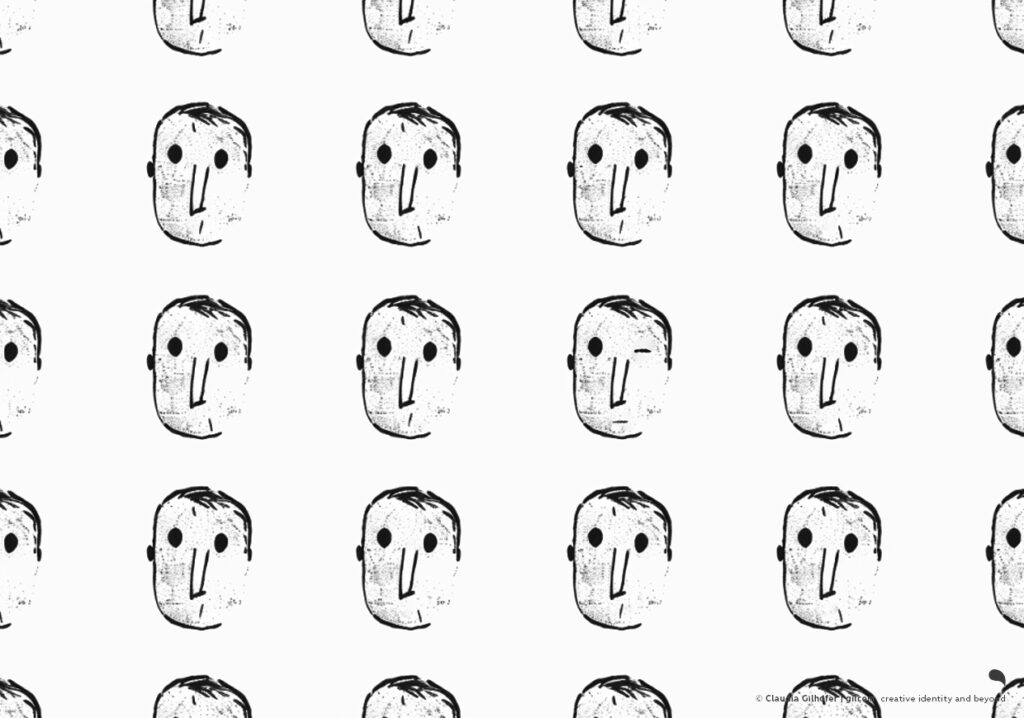In the creative industry, we draw from a diverse range of skills to make the impossible possible, develop differentiating ideas, and craft clear messages. We make the round peg fit into the square hole. However, creative work is more than just mastering technical tools. It is a craft where the creative muscle is constantly in motion. The systemically-minded brain shapes meaningful impulses based on strategic considerations. The result? Ideas that work.
As a creative professional, I often encounter statements like “I wouldn’t have noticed that” or “I hadn’t considered that.” This is entirely understandable since it is often challenging to think beyond one’s own perspective. Often, they are so deeply entrenched in their own processes and beliefs that they miss opportunities to see new paths. Therefore, the central element of my work is to broaden and strengthen the perspectives of my clients.
A narrow focus can easily lead to the neglect of important details. A striking example of the limitations of our perception is the so-called Gorilla Experiment by Christopher Chabris and Daniel Simons. Just as the participants in this experiment focused on a specific task and completely overlooked an obvious and unexpected aspect, we too can be entirely blind to certain opportunities or challenges. This phenomenon is known as inattentional blindness and shows how selective and limited our perception is when our focus is too narrow.
For creatives, the interplay between focus and foresight is an essential skill that shapes the creative process while keeping the bigger picture in sight.
When a company lacks a clear direction, how can it provide orientation and build trust within its team or with its customers? Take the U.S. coffeehouse chain Starbucks: While the company proudly announces on its Website that it is developing environmentally friendly solutions and minimizing its ecological footprint, this brand positioning stands in stark contrast to the actions of its new CEO. He commutes 1,600 kilometers in the company jet to work. A grand strategy. When credibility dissipates as quickly, who will trust the promises?
Not only from a communication strategy perspective but also from a psychological one, things are not always as they seem. Regardless of how we see it, our brain always plays a role in perception. It has expectations that shape what we see and experience—whether we like it or not.
At NEXT 2023, Anil Seth discussed his concept of ‘controlled hallucination.’ Our brain shapes our perception based on expectations that we cannot consciously control. Even if we know that our perspective is influenced by these expectations, we cannot simply change it. But awareness of this can help us question our assumptions and reflect on whether what we perceive is really as it seems.
Does this sound complicated? Here’s an example to clarify: Our brain is so strongly programmed to see outward-facing faces that it creates the impression of a face rotating in two directions simultaneously, even when looking at a hollow, inward-facing mask. This shows how the brain sometimes prefers to accept an impossible perception rather than correct its preconceived expectation of faces.
Bernhard Zünkeler writes in the Atlas der Kreativität: Juicy Gray:
„It [creativity] allows us to sense the here and now and gives us the ability to reflect on the knowledge of the past. It allows us to make all these insights useful for the future.“
What we see is the result of where we direct our attention and how our brain interprets this information. To be successful, it is crucial to regularly question and remain flexible in our perspectives. A professional external view is indispensable for analyzing situations and challenges in a results-oriented manner. This ensures that messages are precise and convincing, providing orientation to yourself, your team, and your customers. I share Zünkeler’s belief: “There can never be too much creativity.”
This applies to both individuals and brands: Only those who are firmly anchored can convincingly communicate what they stand for and what makes them unique.
What do you stand for?
With best Wishes
Claudia Gilhofer

Never stop evolving.
Stay human.
[ Communication | Human | Brand ]
__
gil com | creative identity and beyond
For connecting communication + promoting personal growth, brand authenticity, a motivating corporate culture, and opening up new spaces for creative thinking.
Claudia Gilhofer:
Creative Planner, Communication Psychologist in Training, Systemic Business Coach, Facilitator, Mentor, Sparring Partner, VR Expert (XR-C)





